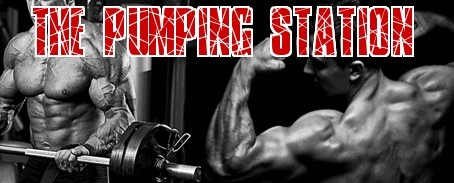Peak Contraction Training Principle
The more difficult you can make an exercise the better it will be for you. When we train to increase time under tension (TUT) we slow the movement down which forces us to use a lighter weight because the movement is more difficult to perform.
It's the same with peak contractions, if we take a movement like leg extensions we go through the eccentric part of the movement easily but when we contract the muscle concentrically we feel more and more tension developing in the quads the closer we get to the top of the movement where the knees are locked out.
If we can contract the quads as hard as we can for a second or two at the top of the movement, we will not only increase the TUT but we will also cause more muscle damage by using peak contractions. Arnold spoke about peak contractions at length in his book and it has now become the Weider principal #28
Holding that peak contraction for a second or two is not easy, it burns like someone is holding a blowtorch to your quads, which is why it becomes necessary to reduce the weight so that you can complete the set. There are not many lower body movements that peak contractions can be done.
Squats and lunges don't work for peak contractions, however besides leg extensions you could also do leg adductions using peak contractions but little else. Although there are a few exceptions the best movements to use peak contractions are when doing back, hamstrings, traps, triceps, biceps, calves and abs.
One can use peak contractions on a movement like D/B lateral raises where you would raise the dumbbells up to the top of the movement level with your shoulders. This is where your deltoids are maximally contracted and if you increase the tension for a few seconds by peaking and focusing and tensing that extra bit harder you will get better muscle building results.
The last example that we will mention here is how to use peak contractions when training back and doing a rowing movement. Selecting a slightly lower weight than you would normally use for this movement you then need to pull the bar/grips towards you as you push your shoulders back and squeeze your elbows behind you, maximally contracting your rhomboids. This is the top of the movement where you then squeeze as hard as you can for a couple of seconds.
Click Here to Sign Up for Your Free Bodybuilding Magazine Subscription
